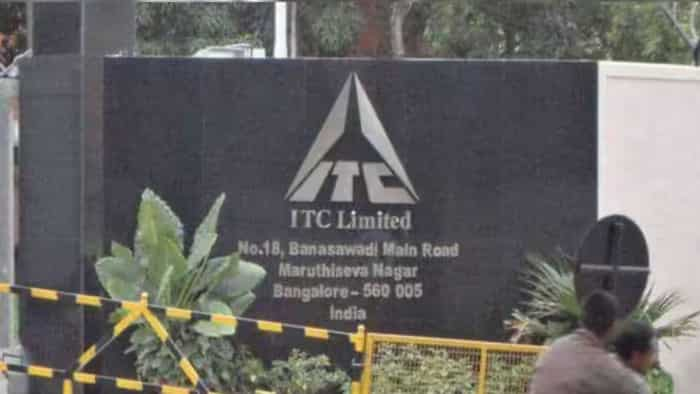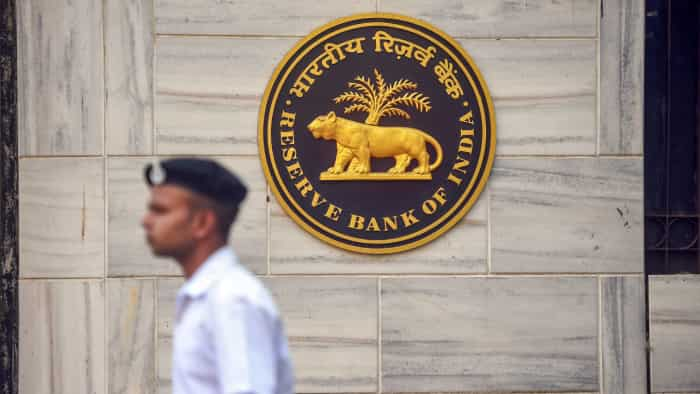Observe Lunar eclipse, Super Moon and Blood Moon on THIS Day - Know timings, locations, regions and other key DETAILS
The National Aeronautics and Space Administration (NASA) has informed that the total lunar eclipse would start at 4:47:39 AM EDT. In India, it will start at around 2:17 PM IST and will end at 7:19 PM IST.

On 26 May, people from all over the countries are going to observe a rare Super Moon. The National Aeronautics and Space Administration (NASA) has informed that the total lunar eclipse would start at 4:47:39 AM EDT. In India, it will start at around 2:17 PM IST and will end at 7:19 PM IST.
The eclipse will be visible for a short span of time from northeastern parts of India (except Sikkim), some parts of West Bengal, some coastal parts of Odisha and Andaman and Nicobar Islands. Globally, the eclipse will be visible in the region covering South America, North America, Asia, Australia, Antarctica, the Pacific Ocean and the Indian Ocean.
This supercelestial event is the first in almost two and a half years. The next lunar eclipse will be visible from India on 19 November 2021. It will be a partial lunar eclipse. The ending of the partial phase of which will be visible for a short span of time just after the moonrise from extreme northeastern parts of Arunachal Pradesh and Assam.
See Zee Business Live TV Streaming Below:
This will be a rare event for all as it will coincide with a supermoon, a lunar eclipse, and a red blood moon all at once.
Understand Super Moon, Red Blood Moon and Lunar Eclipse better
The term 'supermoon' was coined by the astrologer Richard Nolle in 1979 and refers to either a new or full moon that occurs when the Moon is within 90 per cent of perigee, its closest approach to Earth. Supermoons have become popular over the last few decades. In a typical year, there can be 2 to 4 full supermoons in a row and 2 to 4 new supermoons in a row. The Full Moon on 26 May 2021 will be slightly closer to the Earth than the full Moon on 26 April 2021, but only by a slim 0.04 per cent!
On the other hand, a 'blood moon' happens when Earth's moon is in a total lunar eclipse. While it has no special astronomical significance, the view in the sky is striking as the usually whitish moon becomes red or ruddy brown. The last blood moon on 20-21 January 2019 coincided with a supermoon and the Full Wolf Moon, earning it the title 'Super Blood Wolf Moon'.
Similarly, a lunar eclipse takes place when the Sun and Moon occupy precise positions on opposite sides of Earth. During this alignment, Earth blocks some of the Sun’s light from reaching the full moon. Our atmosphere filters the light as it passes, softening the edge of our planet’s shadow and giving the Moon a deep, rosy glow.
The best place to witness the eclipse will be the middle of the Pacific Ocean, Australia, the east coast of Asia, and the west coast of America. It will be visible on the eastern half of the US, however only in the earliest stages before the Moon sets.
Get Latest Business News, Stock Market Updates and Videos; Check your tax outgo through Income Tax Calculator and save money through our Personal Finance coverage. Check Business Breaking News Live on Zee Business Twitter and Facebook. Subscribe on YouTube.
RECOMMENDED STORIES

Top 7 SBI mutual funds with highest SIP returns in 15 years: Rs 7,777 monthly investment in No. 1 scheme has zoomed to Rs 97,64,660

SBI Latest FD Rates: This is what you can get on Rs 10 lakh investment in 1-year, 3-year, and 5-year tenures

Rules of 72, 114, 144 & 8:4:3: How long will it take for your Rs 50 lakh investment to become Rs 1 crore?
04:44 PM IST










 Chandra Grahan 2024: How to witness penumbral lunar eclipse? Which parts of world can it be witnessed?
Chandra Grahan 2024: How to witness penumbral lunar eclipse? Which parts of world can it be witnessed? Chandra Grahan 2024: What is lunar eclipse? What happens to Earth, Moon and Sun's alignment in Chandra Grahan?
Chandra Grahan 2024: What is lunar eclipse? What happens to Earth, Moon and Sun's alignment in Chandra Grahan? Lunar Eclipse: Do you know when did the first recorded lunar eclipse occur? Learn meaning, types, history of this rare celestial event
Lunar Eclipse: Do you know when did the first recorded lunar eclipse occur? Learn meaning, types, history of this rare celestial event Chandra Grahan 2024: Holi and lunar eclipse on same day- this will happen after 100 years! Still, why is it not happening in India?
Chandra Grahan 2024: Holi and lunar eclipse on same day- this will happen after 100 years! Still, why is it not happening in India? Lunar Eclipse 2024: At what time will lunar eclipse occur in your city on Holi, how will it look; check list?
Lunar Eclipse 2024: At what time will lunar eclipse occur in your city on Holi, how will it look; check list?